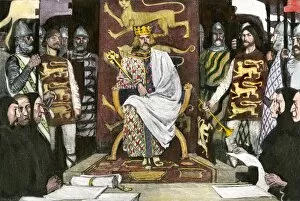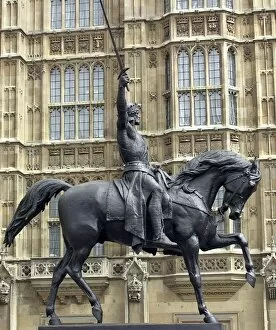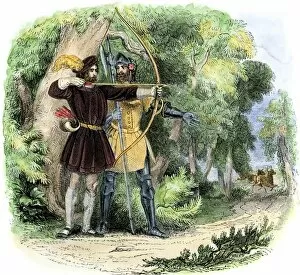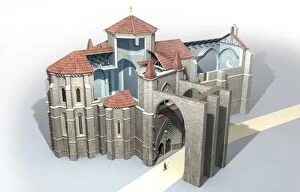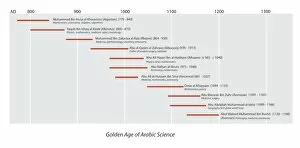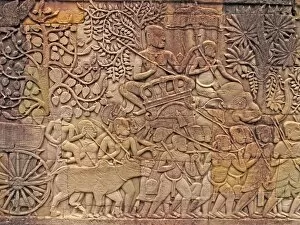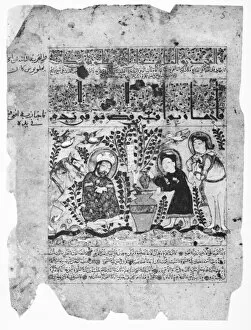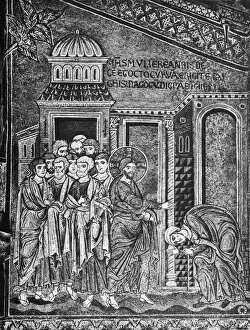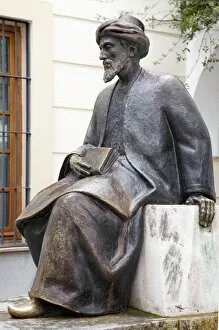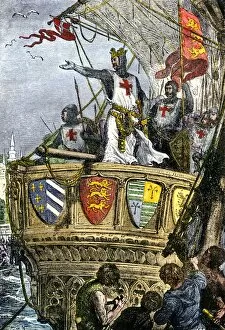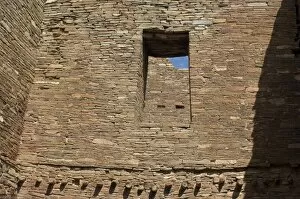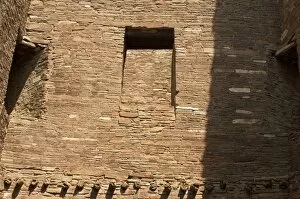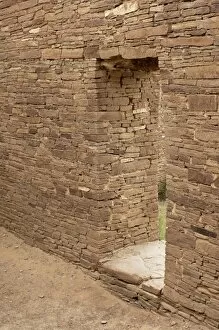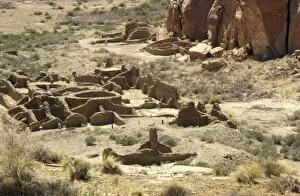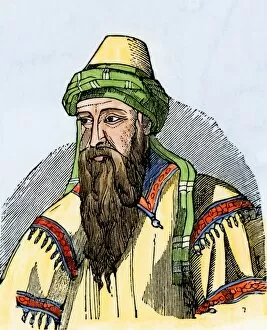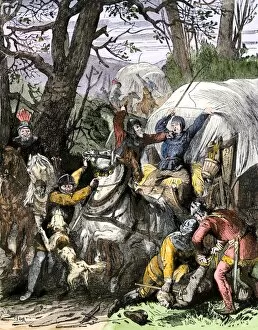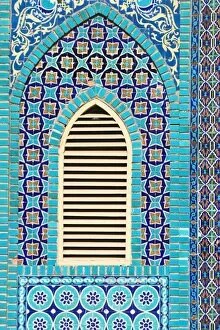1100s Collection (page 2)
The 1100s were a time of great cultural and historical significance, as depicted by various artifacts and landmarks from around the world
For sale as Licensed Images
Choose your image, Select your licence and Download the media
The 1100s were a time of great cultural and historical significance, as depicted by various artifacts and landmarks from around the world. The Al-Idrisis world map, created in 1154, showcased the extensive knowledge and exploration of the Islamic world during this period. Meanwhile, the Lindisfarne Gospels page exemplified the exquisite craftsmanship and devotion to religious texts prevalent in early 12th-century Britain. In Ethiopia, the Bet Maryam frescoes in Lalibela's St. Mary's Church offered a glimpse into the vibrant artistry of that era. Across Europe, Angevin kings held vast territories in both France and Britain, shaping political landscapes for centuries to come. Religious figures also played a significant role during this time. St Bernard of Clairvaux emerged as an influential theologian and reformer within Christianity. On another front, Frederick I Barbarossa served as Holy Roman Emperor, leaving his mark on medieval Germany. Maps continued to evolve during this period; one such example was the detailed map depicting England and France in 1154. In Maulbronn Monastery located in Baden-Wurttemberg, Germany – now recognized by UNESCO – visitors can witness firsthand architectural marvels that have stood since these times. Across continents lies Chaco Canyon's Anasazi ruins in New Mexico – remnants of an ancient civilization that thrived during this era. Pueblo Bonito's corner window stands testament to their advanced architectural techniques. Finally, Saladin rose to prominence as Sultan of Egypt and Syria - his military prowess reshaped power dynamics across regions. They were undoubtedly a transformative period marked by artistic achievements like never before seen on Al-Idrisi's map or within Lalibela's church frescoes; political struggles between Angevin kingships; spiritual enlightenment through figures like St Bernard; territorial expansions under Frederick I Barbarossa; cartographic advancements reflected on maps; monastic wonders in Maulbronn; ancient civilizations at Chaco Canyon.

